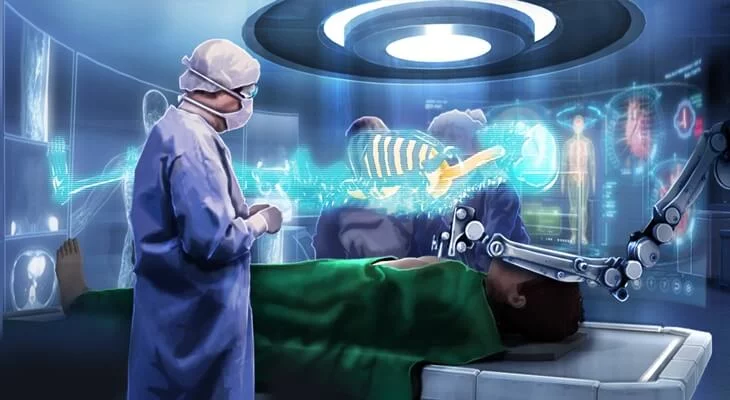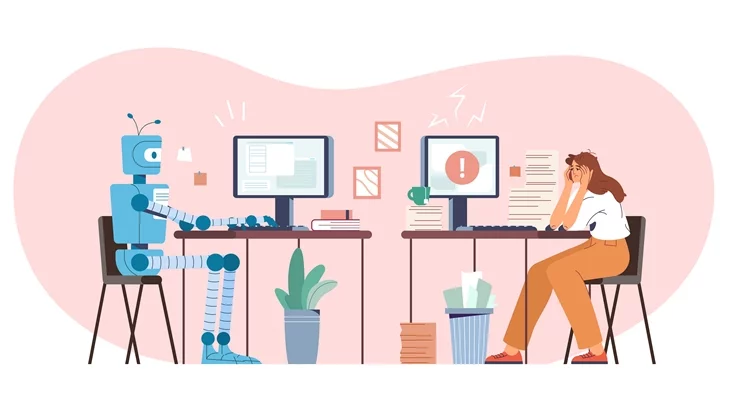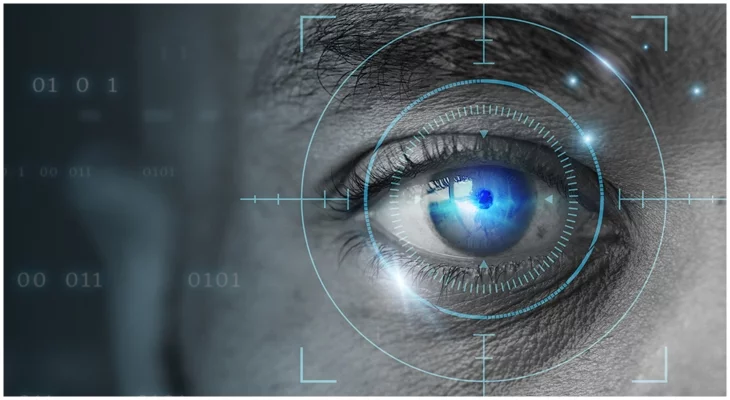Ever since the Pokemon Go game conquered the world, everyone came to know about the massive potential of augmented reality.
Apart from that, AR (Augmented Reality) continues to march and conquer more and more fields and industries, including the healthcare Industry.
AR provides a convenient solution to many of the challenges the healthcare system faces from years and opportunities of its implementations and exist in various areas - such as medical training and general diagnostics.
Some of the Major Achievements of AR in Healthcare
1. As per a paper published in Wiley Online Library in 2006, a non-invasive imaging device, namely near-infrared vein finder, was tested for vein treatment.
This device would augment the ability to see veins by projecting the image of the vein on the skin. To begin with, this test was carried out on 23 patients with varicose veins and telangiectasias.
The VeinViewer prototype was able to diagnose all these patients with feeder veins, which made it way more effective than a naked eye's vision or detection with the help of an ultrasound.
2. As per a paper published by Springer Link, in the year 2014, Siemens, Karl Storz and IRCAD introduced a framework for a laparoscopic liver medical procedure that utilizes AR to view sub-surface tumors and vessels.
3. On 30th April 2015, Microsoft declared the Microsoft HoloLens, their first take on augmented reality.
The HoloLens progressed during that time and became fit for anticipating multi-dimensional images for close infrared fluorescence-based image-guided surgery.
As augmented reality propels, it finds expanding applications in medicinal services. In healthcare services nowadays, AR is being utilized to give direction during diagnostic and therapeutic interventions, e.g. during major and critical surgery.
Scope of Augmented Reality in Healthcare
1. The new applications of augmented reality technology are coming up with new opportunities in the healthcare industry. It has been estimated that by the year 2020, the augmented reality global market will reach a value of $1.5 Billion.
2. New AR advancements can help upgrade the capacity of surgeons and doctors to analyze, treat, and perform a medical procedure on their patients, all the more precisely by giving them access to real-time data and any critical information about patients faster.
3. AR provides the surgeon with a great patient observing information in the style of a military pilot's heads-up display and allows practical recordings, patient imaging records.
There are other examples which include a virtual X-ray view dependent on earlier tomography or on continuous pictures from ultrasound and confocal microscopy probes, envisioning the situation of a tumor in the video of an endoscope, or radiation exposure dangers from X-ray devices.
AR can even improve the visibility of seeing a fetus inside a mother's womb.
4. AR can likewise provide a tremendous opportunity for students and trainee physicians for rehearsing medicines and to more realistic medical problems and situations that they will face one day.
Some of the Leading AR-based Companies in Healthcare
Here are some leading companies who have made notable contributions in the healthcare sector with the help of augmented reality.
Orca Health
Orca Health is an inventive, Utah-based mobile software company which was set up in 2010. Its 12 versatile applications and incorporated instruments teach patients to settle on better choices about their health.
Brain Power
The Massachusetts-based innovation organization which was set up in 2013, has been concentrating on the utilization of neuroscience with the most recent wearable innovation, specifically, Google Glass.
EchoPixel
This organization was established in 2012 and is situated in Mountain View, California. It deals with surgical planning, developing diagnostic and image-guided treatment. EchoPixel says that its innovation enhances human mastery and improves both clinical adequacy and work process.
Augmedix
This San Francisco-based organization expects to enhance the intensity of Google Glass to make human services increasingly tolerant driven and cut down on the organization.
Augmedix gives an innovation empowered documentation for specialists, so doctors don't need to check their PCs during patient visits, while therapeutic notes are still produced progressively.
Atheer
This organization is considered as a pioneer of the Augmented interactive Reality (AiR) in smart glasses platform, which is particularly designed to increase productivity not only in healthcare but in a wide range of other industries as well.
Topmost AR Apps for Healthcare & Their Features
Anatomy 4D
Anatomy 4D is free of cost application that uses augmented reality to help students interact with and learn about the human body.
They should initially print out a 4D-empowered picture of the human body or heart from the application's target library.
At that point, the application utilizes the camera on the gadget to enliven a three-dimensional beating picture.
Holo Eye Anatomy
Learning human anatomy is one of the most important necessities for a medical student. And, after a lot of diagrams and lectures, physical models will be available to support their knowledge.
But, these traditional approaches are fading out by time.
To relate studies with practicality anyone would need a lot of imagination and this case will worsen when someone tries to go deep into it.
In this kind of augmented reality plays a vital role as it creates a realistic 3D model of a human eye by using the best software technology of Microsoft HoloLens because of which students can interact with the 3D model to understand better.
DocPAL
DocPAL is an augmented reality telemedicine system that uses a natural interface for the user. Interactive Voice Recording and other innovative technologies such as these take a step towards the improvement of the quality of patient-doctor consultations.
VIPAR
VIPAR stands for Virtual Interactive Presence and Augmented Reality.
This application provides assistance for remote surgeries. This is a video support solution, which helps a surgeon at a remote area to operate the patient at another site via the surgeon on the patient location wearing Google Glass to point and guide.
Well, this is more than telemedicine, the idea is to take the remote expert to the victim location when it is necessary.
AccuVein
Blood getting drawn is a horrible dream and experience for any patient. The only situation which is worse than this is when they have to stick again and again in pursuit of a vein.
AccuVein uses projection-based AR. AccuVein is an innovative technology, using a combination of a processing system, laser-based scanner, and digital laser projection in a portable manner.
This is a hand handle scanner that aims over the skin and shows doctors and nurses where are the veins positioned and their different kinds of bifurcations and valves in patient bodies.
“40% of IVs miss on the first stick” as said by, “AccuVein's Vinny Luciano” and the numbers get more and worse for neonates and children.
The device which is regularly used in hospitals across the world is estimated to have been used over 10 million patients, for finding veins on the first stick 3.5 times more likely.
ARnatomy
Anyone who’s studying medical sciences needs to learn anatomy. There are numerous approaches to do it — streak cards, course books, diagrams, even things called bone boxes (imagine opening a case of bones and utilizing some reference help to make sense of what it is and its attributes). Those are reliable techniques.
However, ARnatomy improves them. They're chipping away at a couple of tasks, including an application that will utilize OCR to coordinate femur, for instance, with visuals and information on the bone, or one that gives the user a chance to control an "a substantial skeletal model of bones joined with expanded reality (AR) focuses.
Current Studios
When an MRI happens, the patient has to be very still without any movement. This could be very difficult for a small child.
Current Studios developed a game for kids on tablets which they can play before they will go in the machine for an MRI this makes them comfortable to lay still for a long period of time.
In the meantime, doctors get a dashboard with their stats, and then only they can better understand if a child would need general anesthetics
VA-ST
For many blind people, the major problems they encounter on a daily basis is when they have to recognize faces, reading, driving, and avoiding objects in their path.
The VA-ST visor is build to be used in regular life for those who have these types of issues.
So, for instance, this device would create something of a stencil outline all-around a person's face to help with recognition, and it helps improve the situations where poor contrast is a disaster.
You may like to read:
What Impact Will Augmented Reality and Virtual Reality Have on Our Lives?





